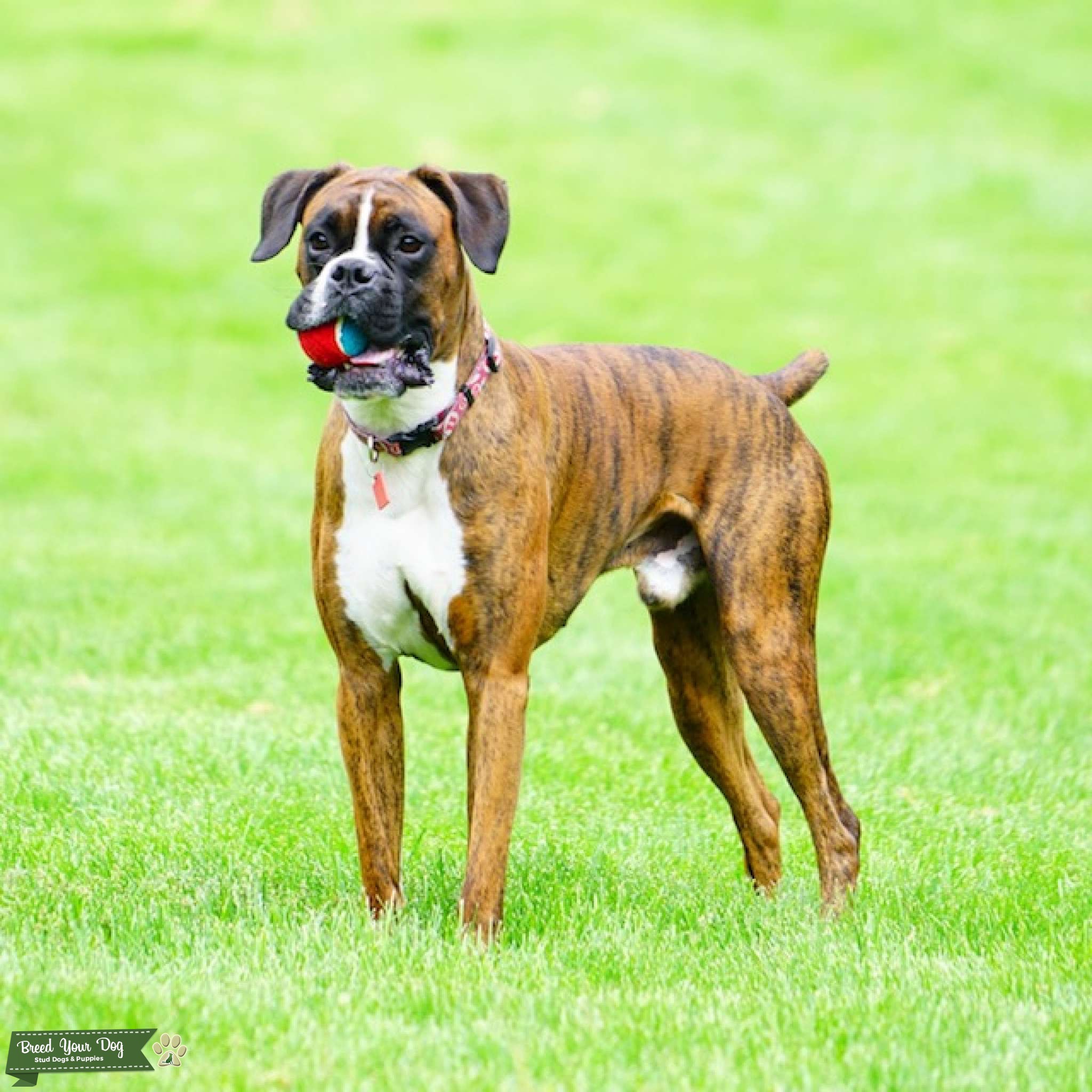



There are three K locus alleles that affect a dog’s color: KB, which is dominant black, kbr, which is brindle, and ky, which is non-solid black, which allows an A locus to be expressed as well. What Causes The Brindle Color?īrindle is a genetic variation known as mosaicism in which some cells express one K allele, and others another. Brindle dogs also quite commonly have white markings and ticking on their coat.īrindle patterns can often look very similar to tricolor coats, with the difference only being determined on fairly close inspection. The base color can be affected by the intensity locus, while the stripe layer can manifest with alternative colors including merle, liver, greying, and recessive red. They will then have stripes that are eumelanin, so black or brown, but how exactly the two come together on a dog’s coat is highly variable. The genetic basis of the color is that the dog has a pheomelanin base color, which expresses a red or yellow pigment. It then appeared in scene one of Shakespeare’s Macbeth, where he described a “brinded cat.” The term brindle actually comes from an old Scandinavian word imported to England by the Vikings. This sounds a lot like a tiger, which is why the color is also sometimes called that, but brindle dogs don’t look much like tigers. What exactly do experts mean when they describe a dog as brindle? A brindle dog looks like it has black stripes on a red coat.


 0 kommentar(er)
0 kommentar(er)
